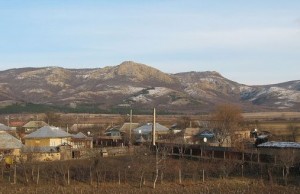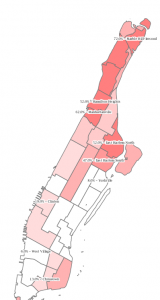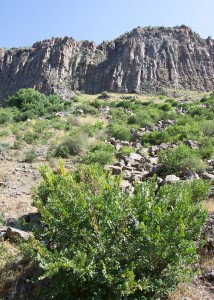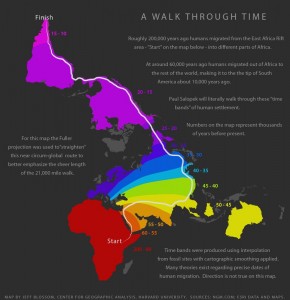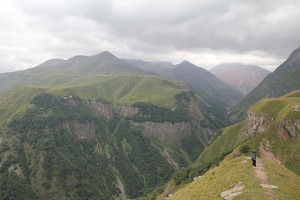My father was reading an over 100 year old book, where he found information about “Kevzor” people living in Kaukasus mountains and with the roots far away from Alsace, today’s France.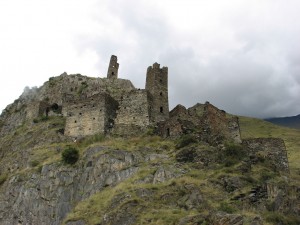
This was interesting enough to search for more information. And after a while I found out a Wikipedia article about Khevsureti.
The article tells “There has been a hypothesis, coming from the locals and descriptions by Russian serviceman and ethnographer Arnold Zisserman […], that these Georgian highlanders were descendants of the last European Crusaders.[…] the pure Crusader origin of Khevsurs is not supported by most modern scholars. However, some form of settlement of Crusaders in these areas is possible, as they are mentioned in several manuscripts of the time as participants of several battles against the Muslims in Georgia […], and the fact that some passed through here after the fall of the Holy Land.”
And the crusades reminded me from the medieval Europe and maps from that era. See the map from AD 1160 at Medieval Europe and the Middle East


